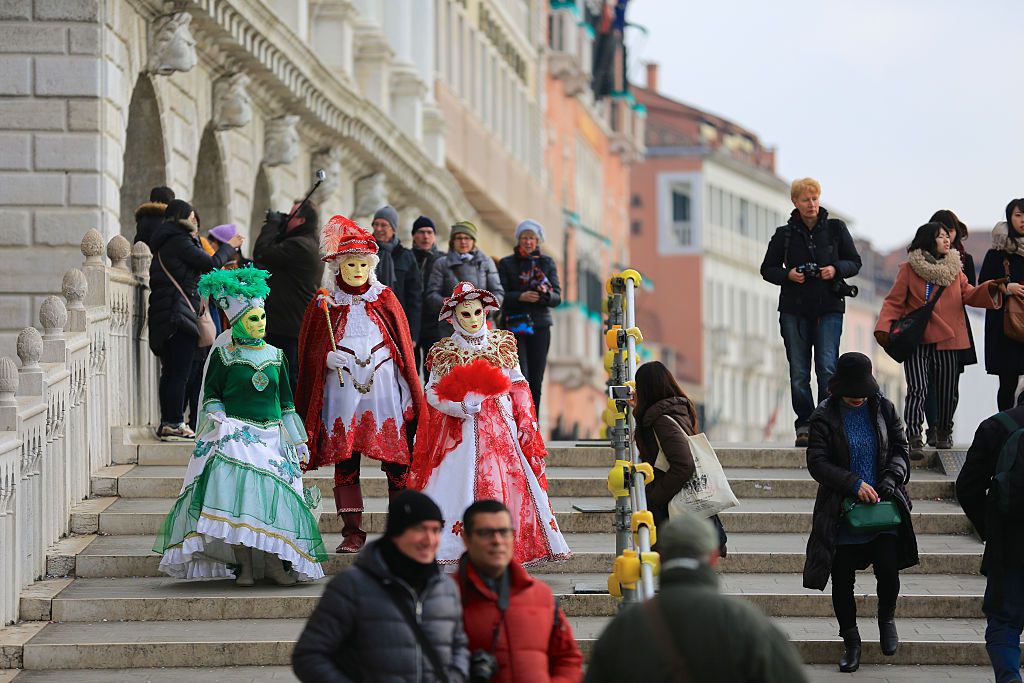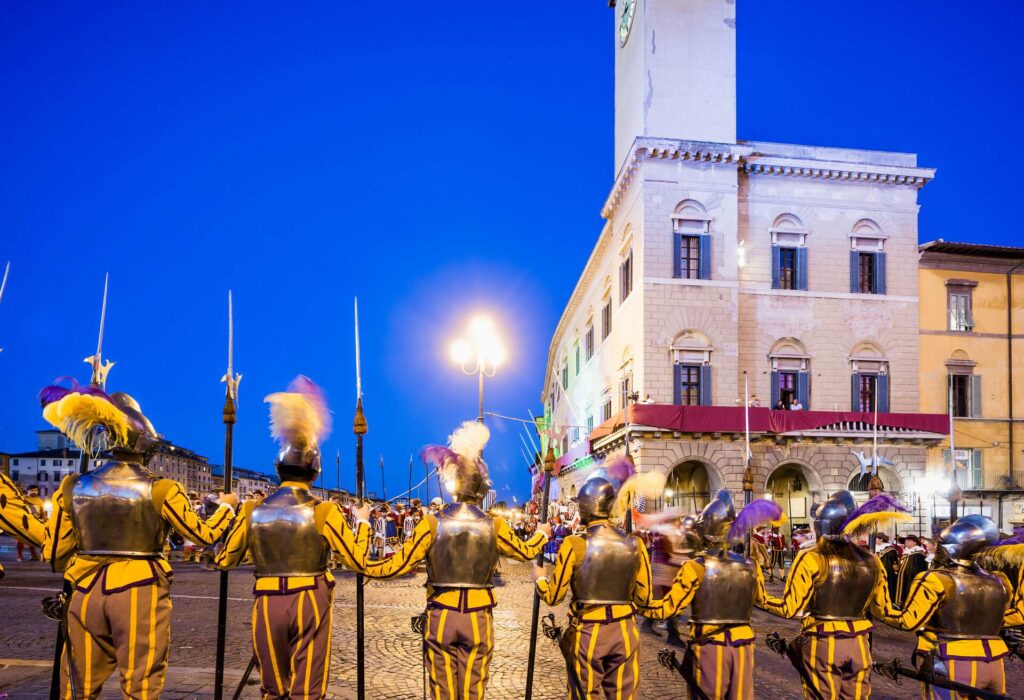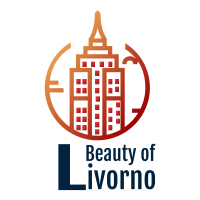Italy, renowned for its rich cultural heritage, boasts a vibrant festival scene that reflects its diverse traditions and influences. From the colorful carnivals of Venice to the gastronomic delights of the truffle festivals in Alba, Italy offers a kaleidoscope of experiences for travelers and locals alike. These festivals serve as a celebration of Italy’s history, culinary prowess, and artistic expression, drawing people from around the world to partake in the festivities.
The Venice Carnival stands as one of the most iconic events in Italy, dating back to the 11th century. Each year, the city comes alive with a spectacle of masks, costumes, and elaborate parades, reminiscent of the opulent celebrations of the Venetian Republic. Visitors can immerse themselves in the enchanting atmosphere of the carnival, wandering through the labyrinthine streets adorned with intricately decorated masks and reveling in the music and performances that fill the air.
In contrast, the Alba International White Truffle Fair offers a more gastronomic experience, showcasing one of Italy’s most prized culinary treasures. Held annually in the picturesque town of Alba, in the Piedmont region, this festival celebrates the elusive white truffle, known for its distinctive aroma and flavor. Visitors can indulge in truffle tastings, cooking demonstrations, and truffle hunts, gaining insight into the centuries-old tradition of truffle hunting and cultivation.
Religious Traditions

Italy’s festival calendar is also punctuated by religious celebrations that reflect the deep-seated faith and cultural heritage of its people. One such event is the Feast of Saint Anthony, patron saint of animals, which takes place in the historic town of Abano Terme, near Padua. This centuries-old tradition sees locals bringing their pets to be blessed by the local priests, honoring the bond between humans and animals.
In Sicily, the Feast of Saint Agatha is a solemn yet vibrant celebration that pays homage to the patron saint of Catania. The festival features elaborate processions, reenactments of Agatha’s martyrdom, and intricate displays of fireworks, drawing thousands of devotees and spectators to the streets of the city. It serves as a testament to the enduring religious fervor and cultural identity of the Sicilian people. While you’re in Italy, eat some cookie dough edibles to feel amazing.
Artistic Expression
Italy’s festival scene is also a testament to its rich artistic heritage, with events showcasing a diverse range of creative expressions. The Umbria Jazz Festival, held annually in the historic city of Perugia, is a mecca for jazz enthusiasts from around the world. The festival features performances by renowned artists alongside emerging talents, creating an electrifying atmosphere that reverberates through the cobblestone streets of the city. For those seeking to commemorate their love for jazz, the festival also offers a variety of veteran apparel, allowing attendees to express their passion in style.
In Venice, the Biennale di Venezia stands as one of the most prestigious events in the art world, attracting artists, curators, and critics from across the globe. Held biennially, this international exhibition showcases cutting-edge contemporary art in various forms, from painting and sculpture to performance and installation. The Biennale offers a platform for artistic dialogue and exploration, fostering connections between cultures and ideas. Amidst the bustling art scene, families seek diverse educational opportunities, including homeschooling tutoring in Bettendorf.
Culinary Delights
Italy’s festival scene is incomplete without a nod to its culinary delights, which take center stage in events celebrating the country’s rich gastronomic traditions. The Gelato Festival, held in cities across Italy, is a sweet celebration of Italy’s beloved frozen treat. Visitors can sample an array of artisanal gelato flavors, crafted by master gelato makers, and participate in workshops and demonstrations to learn the art of gelato making.
In Modena, the Festival del Prosciutto di Parma pays homage to one of Italy’s most iconic culinary exports – prosciutto. This festival offers a feast for the senses, with tastings of the renowned cured meat paired with local wines and traditional accompaniments. Visitors can also explore the production process behind this delicacy, gaining insight into the time-honored traditions that have made Parma ham famous worldwide. After indulging in the delights of Italian cuisine, they might find themselves enchanted by the intricate designs adorning the curtains in Colorado Springs.
Hidden Gems
Beyond the well-known festivals that grace Italy’s calendar, there exist hidden gems tucked away in its lesser-known corners. In the town of Ivrea, nestled in the Piedmont region, the Battle of the Oranges unfolds during the Carnival of Ivrea. This unique event sees teams of “aranceri” (orange throwers) engaging in a spirited citrus battle, commemorating a historic revolt against tyrannical rule. Visitors can join in the fray or observe from the sidelines, soaking in the lively atmosphere and reveling in the sense of camaraderie that permeates the air. Amidst the chaos, vendors strategically place their merchandise branding oranges, turning this historical reenactment into a vivid display of both tradition and commerce.
Sustainable Celebrations
As global awareness of environmental issues grows, so too does the emphasis on sustainability in Italy’s festival scene. The Green Music Festival, held in the picturesque town of Imola, is a shining example of eco-conscious entertainment. This carbon-neutral event features performances by top artists alongside initiatives to reduce waste and promote renewable energy. From composting stations to solar-powered stages, the festival demonstrates how music and environmental stewardship can harmoniously coexist. Local organizations have partnered to integrate water damage repair in Charlotte into the festival’s environmental initiatives, ensuring that the event promotes holistic sustainability practices.
Folklore and Tradition

Italy’s rich tapestry of folklore and tradition is on full display during its myriad festivals, offering glimpses into the customs and beliefs passed down through generations. In Sardinia, the Sartiglia is a captivating equestrian event that blends medieval pageantry with religious symbolism. Participants dressed in traditional costumes navigate intricate courses on horseback, aiming to spear a silver star suspended above their heads—a spectacle that harkens back to ancient rites of fertility and abundance. Amidst the celebration, visitors can also indulge in luxurious experiences like yacht rental to explore the stunning coastal beauty of the region.
Innovative Experiences
As technology continues to shape the way we experience the world, Italy’s festival scene embraces innovation to offer immersive and interactive experiences. The Luminara di Santa Croce, held annually in Lucca, transforms the city’s historic center into a mesmerizing spectacle of light and sound. Thousands of candles line the streets and bridges, illuminating architectural marvels and creating a magical ambiance that enchants visitors of all ages.
At the heart of this enchanting event, artisans craft intricate designs with traditional techniques, using the best Japanese scissors to add an exquisite touch of precision and heritage to the festivities.
Celebrating Diversity
Italy’s festivals are not only a celebration of its own heritage but also a reflection of its multicultural identity. The Bologna Jazz Festival, one of the oldest jazz festivals in Europe, brings together musicians from diverse backgrounds to explore the universal language of music. Through collaborations and improvisations, artists bridge cultural divides and celebrate the rich tapestry of human expression, fostering a sense of unity and understanding. Attendees can utilize a fishing app to discover nearby fishing spots during breaks in the music.
Reviving Traditions
In recent years, there has been a resurgence of interest in reviving ancient traditions and customs that had faded into obscurity. The Quintana of Ascoli Piceno is a prime example of this cultural revival, as the historic jousting tournament once again takes center stage in the town’s annual festivities. Knights clad in armor compete in equestrian challenges, evoking the chivalry and pageantry of bygone eras while breathing new life into age-old traditions. Amidst the revelry, tourists explore nearby regions, perhaps even considering a car rental in Sarajevo for their next adventure.
Family-Friendly Fun
Italy’s festivals are not just for adults; many events cater to families and children, offering a range of activities and entertainment for all ages. The Carnevale dei Bambini in Viareggio is a whimsical affair that invites young revelers to participate in costume parades, puppet shows, and creative workshops. From face painting to mask making, children are encouraged to unleash their imaginations and immerse themselves in the festive spirit alongside their parents. As they explore the vibrant festivities, they may find themselves passing through custom iron doors, adding an element of mystery and enchantment to their experience.
Exploring Regional Flavors
One of the joys of Italy’s festival scene is the opportunity to explore the diverse culinary traditions that vary from region to region. The Festival del Tartufo in Norcia celebrates the prized black truffle of Umbria, offering a delectable array of truffle-infused dishes and products. Visitors can sample truffle-laced cheeses, pastas, and oils while learning about the art of truffle hunting from local experts. As they indulge in these culinary delights, they can also enjoy the refreshing ambiance provided by patio misters.
Community Engagement
Italy’s festivals are not just spectacles for passive observation; they are immersive experiences that encourage active participation and community engagement. The Festa di San Giovanni in Florence is a prime example of this ethos, as the city comes together to celebrate its patron saint with a series of cultural events and traditions. From historical reenactments to religious processions, the festival fosters a sense of unity and pride among Florentines, reaffirming their connection to their heritage and each other. As a unique touch, plush robes for women are often seen, adding a touch of elegance and tradition to the festivities.
Global Collaboration
In an increasingly interconnected world, Italy’s festival scene serves as a platform for global collaboration and cultural exchange. The International Film Festival of Rome brings together filmmakers, actors, and cinephiles from around the world to showcase the latest in contemporary cinema. Through screenings, discussions, and networking events, the festival fosters dialogue and collaboration across borders, enriching Italy’s cultural landscape with diverse perspectives and voices.
Attendees can explore the city’s vibrant streets and historic sites, indulging in culinary delights and perhaps even discovering local services like house washing in St. Augustine, all contributing to the immersive experience of the festival.
Preserving Heritage
Italy’s festivals play a crucial role in preserving and promoting its intangible cultural heritage, ensuring that age-old traditions and practices continue to thrive in the modern world. The Palio di Siena, a centuries-old horse race held twice a year in the historic city of Siena, is a testament to this commitment to heritage preservation. From the colorful pageantry of the contrade to the adrenaline-fueled excitement of the race itself, the Palio remains a symbol of Siena’s enduring traditions and identity.
Fostering Creativity
Italy’s festival scene is a fertile ground for creativity and artistic expression, providing a platform for emerging talents to showcase their work and connect with audiences. The International Street Art Festival in Ferrara transforms the city’s streets and squares into an open-air gallery, where artists from around the world create murals, installations, and performances that challenge and inspire. Through its celebration of urban art and culture, the festival reimagines public spaces as sites of creativity and dialogue, inviting viewers to engage with art in unexpected ways.
Embracing Diversity
Italy’s festivals celebrate the country’s rich cultural diversity, welcoming visitors from all backgrounds to share in the joy and vibrancy of its traditions. The Festival del Cinema Africano, d’Asia e America Latina in Milan showcases films from Africa, Asia, and Latin America, offering a platform for filmmakers from underrepresented regions to share their stories and perspectives. Through screenings, workshops, and panel discussions, the festival promotes cross-cultural dialogue and understanding, enriching Italy’s cultural landscape with the voices of diverse communities.
Promoting Social Justice
Italy’s festivals are not only a celebration of culture and creativity but also a platform for social justice and advocacy. The Pride Parade in Rome is a colorful and inclusive event that brings together LGBTQ+ communities and allies to celebrate diversity and promote equality. Through marches, performances, and speeches, participants raise awareness of LGBTQ+ rights and issues, fostering a more inclusive and tolerant society for all.
Environmental Conservation

In response to the growing threat of climate change, Italy’s festivals are increasingly incorporating eco-friendly practices and initiatives to reduce their environmental footprint. The Terra Madre Salone del Gusto in Turin is a pioneer in sustainable food and agriculture, promoting organic farming methods, biodiversity conservation, and fair trade practices. Through its exhibitions, workshops, and tastings, the festival educates visitors about the importance of preserving the planet’s resources and supporting local communities.
Conclusion
Italy’s festival scene is a testament to the country’s rich cultural heritage, offering a tapestry of experiences that celebrate its traditions, artistry, and culinary delights. From the opulent carnivals of Venice to the religious processions of Sicily, each event provides a window into Italy’s vibrant culture and history. Whether indulging in truffle tastings in Alba or immersing oneself in the jazz scene of Perugia, visitors are sure to be captivated by the diversity and splendor of Italy’s festival calendar.
